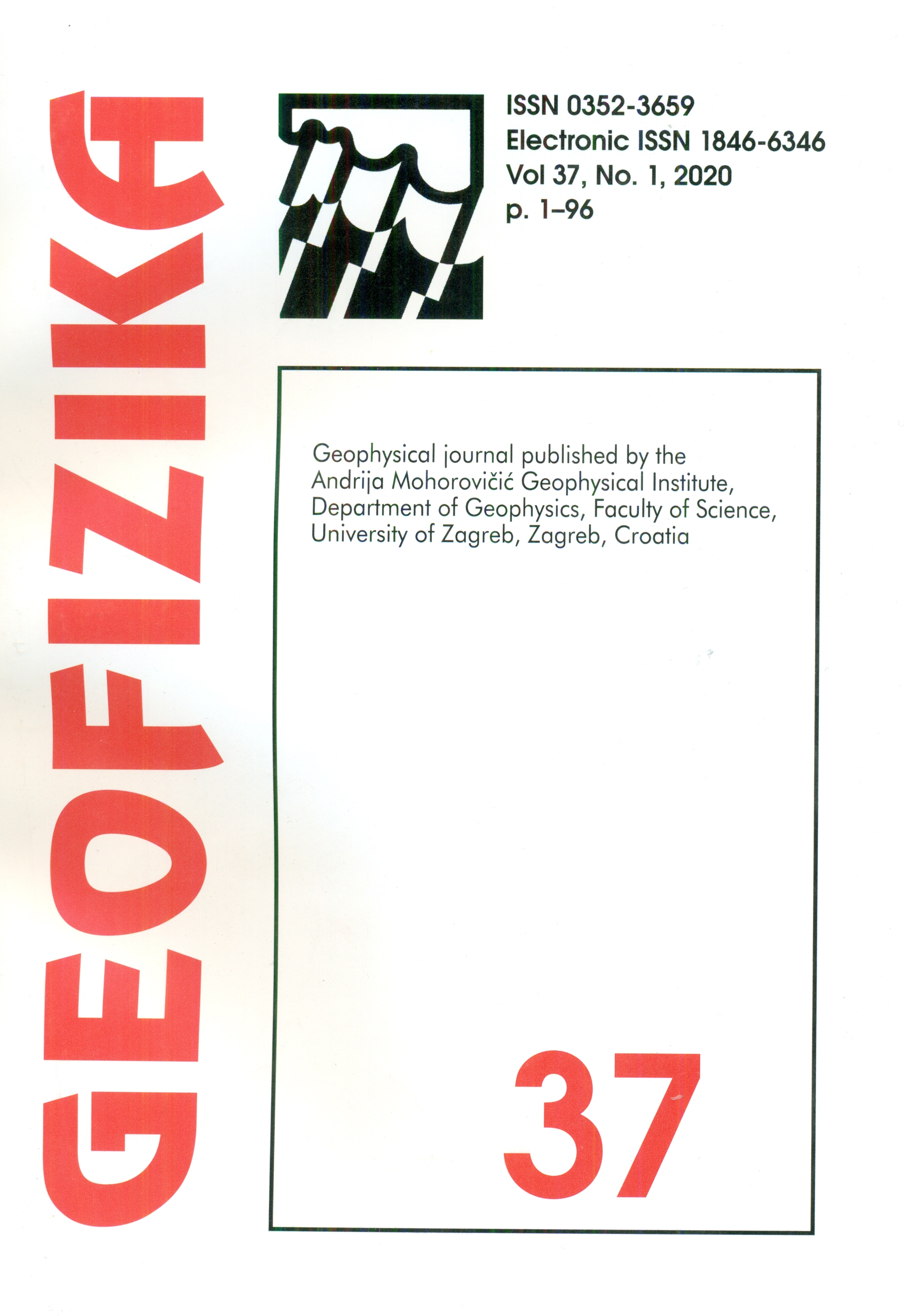Assessment and evaluation of ambient PM2.5 in relation to its health effects in mineral-based coal-fired industrial areas
DOI:
https://doi.org/10.15233/gfz.2020.37.1Keywords:
ambient PM2.5, chemical characteristics, ion balance, mass reconstruction, health risksAbstract
Atmospheric PM2.5 pollution, has shown potential impact on the human health in general, thus it requires to look into the chemical characteristics of PM2.5 masses for designing effective policies to reduce health risks amongst public under exposure. The study carried out, here, has presented the ambient PM2.5 concentrations, concentrations of chemical compounds and associated health risks over rural and urban environments in the area of mineral based coal-fired industrial areas of central India for a period of one year (2015-16). Overall 260 PM2.5 samples, collected from rural, urban and industrial sites, were analyzed for various elements Al, As, Ca, Hg, Cr, Co, Cu, Fe, Mn, K, Cd, Mo, Ni, Pb, Se, Sb, Na, Mg, K, V and Zn, ions such as Na+, Mg2+, K+, Ca2+, F-, Cl-, NH4+, NO3-, SO42- and carbonaceous matter. The annual average PM2.5 mass concentrations were found to be ~2 to ~6 folds higher than the annual National Ambient Air Quality standard (40 ?g m-3). Further this study also evaluates, carcinogenic and non-carcinogenic health risks associated with ambient PM2.5 exposures (via ingestion, inhalation and dermal). The elemental species that have shown non-carcinogenic risks for both children and adults of all three sites are: Co, Mn, Ni (rural), As, Cd, Cr, Mn, Ni, V (urban and industrial sites). Similarly, the excess carcinogenic risks, in total, from Cd, Co, Cr, Ni, Pb was found to be higher than acceptable limits (10-6 to 10-4).
Downloads
Published
Issue
Section
License
Copyright (c) 2021 Geofizika journal

This work is licensed under a Creative Commons Attribution-NonCommercial 4.0 International License.

